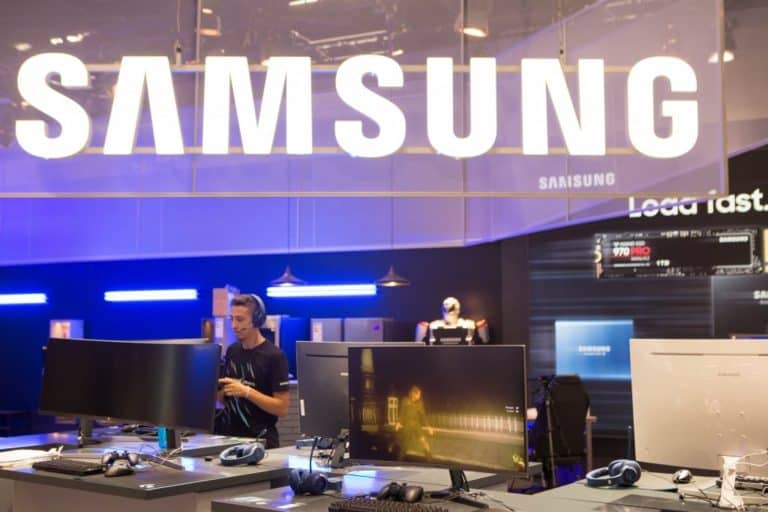Samsung’s profits in Q2 have been halved due to price declines in the market for memory chips and slower sales of the brand’s flagship smartphones. The company recorded a profit of 6.6 billion, a decrease of 56 percent compared to a year ago.
However, Samsung’s memory division still contributed most of the revenue. However, the 3.4 billion profit in that division is the lowest profit since the third quarter of 2016. The company states that the weak memory chip market can be explained by the fact that data center customers continue to adjust their inventory. The company further added that it expects “continuing uncertainties” in the memory market in the remainder of the year. ZDNet reports that this presumably refers to the trade dispute between South Korea and Japan, whereby Japan has introduced trade restrictions on certain materials, but this has not been officially communicated by the company.
Samsung has invested EUR 8.8 billion in semiconductor infrastructure in the first half of the year, and plans to invest even more in the rest of the year. This is in order to be able to meet the demand in the medium and long term, according to the company. A specific plan has not yet been completed.
Low profit mobile division, more profit in other areas
Samsung expects profits to increase in the second half of the year, thanks to the launch of certain customers’ flagship smartphones. Samsung’s mobile division now recorded a profit of 1.56 billion, much lower than experts’ estimates. It is therefore significantly less than the 2.67 billion and 2.27 billion of the previous quarter and the previous quarter respectively.
The technology giant has delayed the sale of the Galaxy S10. Competition in the low and medium segments has also increased. The company reports that it is working hard to increase profits by launching the Note 10 and the Galaxy Fold in the second half of the year. The latter’s delay may also be a reason for the low profits, although Samsung did not refer to this in the tax report.
The company’s display division made a profit of 750 billion, mainly due to restored demand for OLED displays and a one-time payment. The latter could refer to the fine that Apple had to pay Samsung for not buying the required minimum quantity of displays, due to the lower than expected demand for iPhones.
Samsung’s network business also saw a slight increase in profits, thanks to the introduction of 5G networks in South Korea. In this respect, Samsung intends to increase its market share in 5G networks in South Korea and the USA. In the field of consumer electronics, the company also made a profit of 710 billion, an increase of 200 billion compared to the previous year. This can be explained by an increased demand for the brand’s QLED TVs.
This news article was automatically translated from Dutch to give Techzine.eu a head start. All news articles after September 1, 2019 are written in native English and NOT translated. All our background stories are written in native English as well. For more information read our launch article.